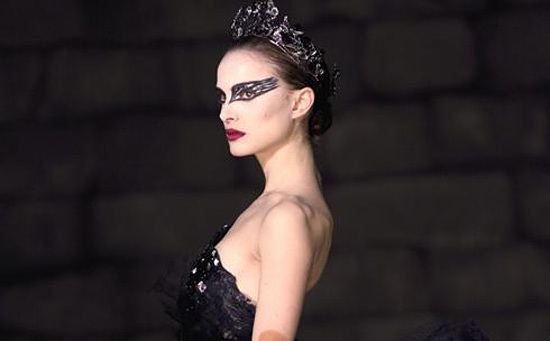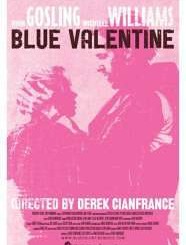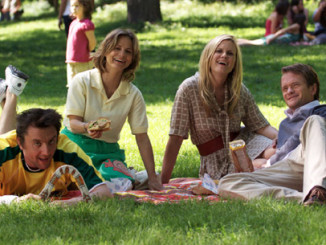 Although Black Swan is set in the world of ballet, don’t expect anything akin to other ballet films like the classic The Red Slippers. If anything, director Darren Aronofsky’s new film is a psychological thriller with more than a small debt to Shakespeare’s Hamlet in its depiction of a dancer’s slow, progressive psychotic break from reality. It is also one of the best films of the year.
Although Black Swan is set in the world of ballet, don’t expect anything akin to other ballet films like the classic The Red Slippers. If anything, director Darren Aronofsky’s new film is a psychological thriller with more than a small debt to Shakespeare’s Hamlet in its depiction of a dancer’s slow, progressive psychotic break from reality. It is also one of the best films of the year.
Nina (Natalie Portman) is a dancer with a prestigious Manhattan ballet troupe. When the company plans to mount Tchaikovsky’s Black Swan, Nina auditions for the lead but is told that while her technical efficiency is perfect for the part of the White Swan, her reserved nature is holding her back from being able to effectively dance the part of the Black Swan.
Surprisingly, though, she is given the part and the company’s director Thomas (Vincent Cassel) begins the process of rehearsing her for the performance and trying to get her to feel more passion as she dances. During rehearsals, Nina befriends a new dancer to the company, Lily (Mila Kunis), who is as free spirited as Nina is reserved. But as the stress of preparing for the performance and the pressure put on her by her mother (Barbara Hershey), who had given up her own dreams of being a ballerina to have Nina, begins to mount, Nina appears to slowly loose her grip on reality.
Unlike other backstage films such as Showgirls or Burlesque, Black Swan doesn’t present its subjects as jealous, ambitious shrews. Instead, Arronofsky’s plumbs their depths, searching for the reasons that drive them as artists and exploring how that drive can damage them.
Black Swan makes for an interesting follow up to Aronofsky’s last feature, The Wrestler. While both films feature lead characters whose livelihood is dependent on their own physical prowess, they are at opposite ends of the spectrum from each other as far as respectability is concerned. And while Mickey Rourke’s character in The Wrestler was struggling to define himself outside of the wrestling ring, Portman’s character is trying to lose her identity and submerse herself in the roles of the White and Black Swans.
With Black Swan, Aronofsky once again demonstrates why he is one of the best directors working today as his camera moves lithely through each scene as if it were another dancer in the ballet company. His use of visual cues as to Nina’s deteriorating mental state is often subtle and probably demanding of repeated viewings in order to get everything he has happening in his frame. Black Swan is not a film to be watched casually. It is also a film that will spark lots of discussion and debate over certain sequences thanks to the ambiguity that Aronofsky imbues the proceedings with.
I also don’t want to go too much into the film, as I think that its mysteries will play out best to the uninitiated. In fact, I think I may have said too much already. Black Swan is set to open later this fall and even in the midst of a season full of Academy Award nominee hopefuls, it is a standout film.




